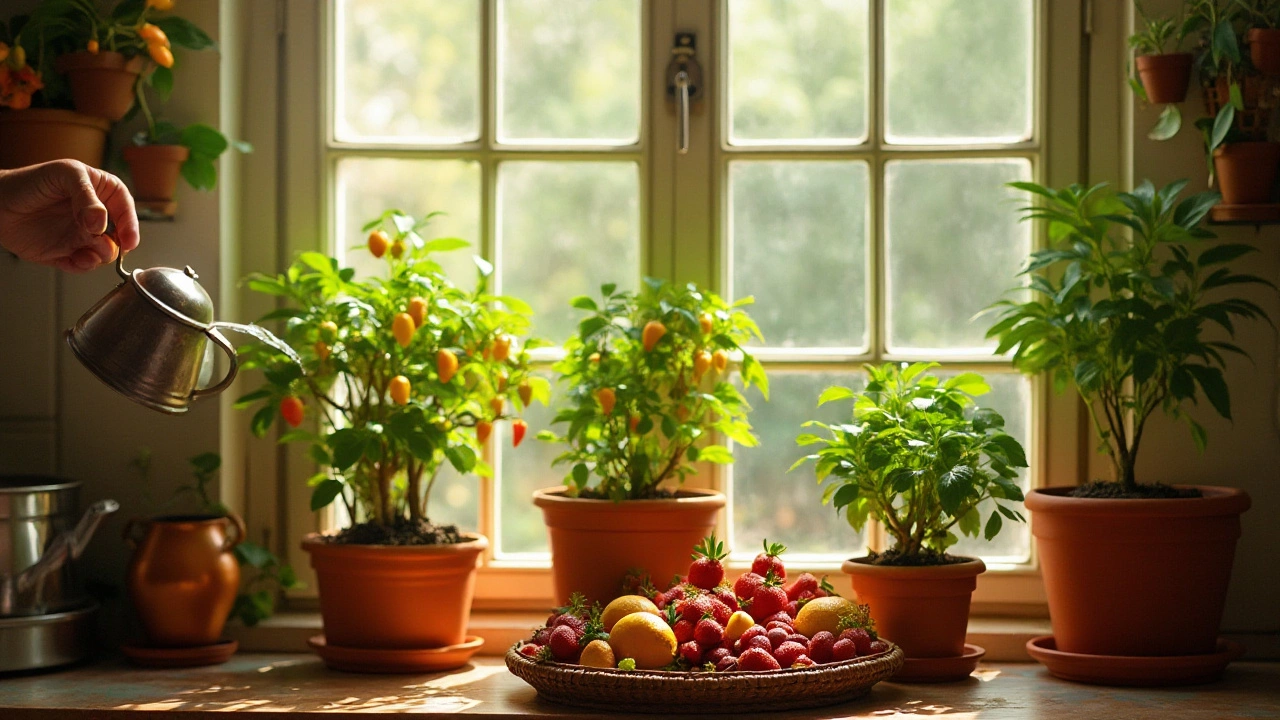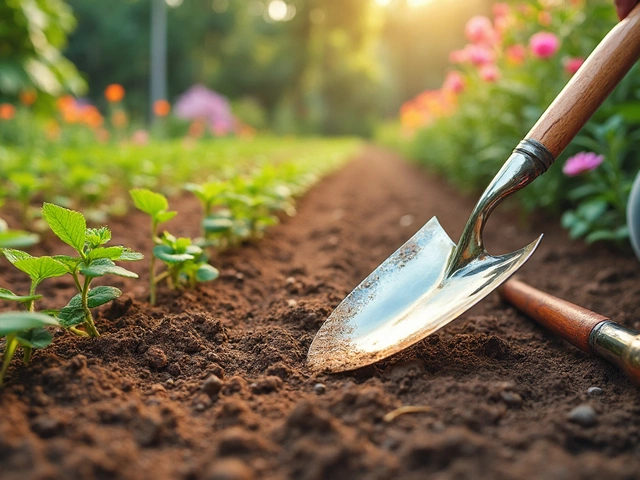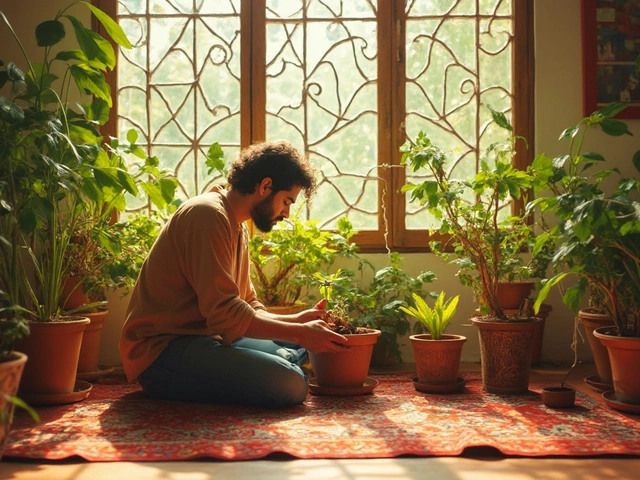Indoor Gardening: Simple Tips for Thriving Houseplants
If you’ve ever wondered why your leafy friends look droopy or why new potlings never really grow, you’re not alone. Indoor gardening is all about matching the plant’s needs with what your home can give. The good news? Most mistakes are easy to fix, and a few tweaks can turn a gloomy corner into a green oasis.
Essential Care Basics
Watering – The biggest indoor mistake is over‑watering. Feel the soil a few centimeters down; if it’s still damp, hold off. For most houseplants, watering once a week is enough, but cacti and succulents need far less. Use lukewarm water and let it sit for a few minutes to let chlorine evaporate, especially if you have hard tap water.
Light – Every plant has a light preference. South‑facing windows give the brightest, indirect light perfect for pothos, snake plant, or peace lily. If a spot is too shady, consider a simple LED grow light. The rule of thumb: if the leaves turn yellow or stretch toward the window, they’re not getting enough light.
Humidity – Many Indian homes have dry indoor air, especially in winter. A quick misting session can help, but it’s not a cure‑all. Use a pebble tray with water, or place a humidifier nearby for plants like ferns and orchids. Remember, misting works best in the morning so the leaves dry before night.
Soil & Repotting – Use a well‑draining mix; a blend of potting soil, perlite, and coconut coir works for most indoor plants. When roots poke out of the drainage holes, it’s time to repot. Choose a pot that’s one size larger and add fresh mix at the bottom.
Common Mistakes to Avoid
One big myth is that every houseplant loves coffee grounds. In reality, many plants hate the acidity and can become stressed. Stick to compost or well‑rotted manure instead.
Another pitfall is using regular garden soil. It’s too heavy and retains too much water, leading to root rot. Always pick a lightweight indoor blend.
Don’t ignore pests. Tiny spider mites and aphids love the dry indoor environment. A quick wipe with a damp cloth or a spray of neem oil can keep them at bay.
Lastly, temperature swings near doors or radiators can shock plants. Keep them away from drafts and heat vents for a stable environment.
Want more details? Check out our popular guides:
How to Take Care of Indoor Plants: Simple Tips for Thriving Houseplants walks you through watering schedules, light charts, and seasonal care. Do Houseplants Need Misting? Truths About Indoor Plant Humidity Care clears up the misting myth and shows you practical ways to boost moisture. Plants That Hate Coffee Grounds: What Not to Feed Your Garden warns you about common organic mistakes.
By setting up a routine—water, light, humidity, soil, and pest check—you’ll notice healthier leaves, richer growth, and fewer brown tips. Indoor gardening doesn’t need a green‑thumb diploma; just a few mindful habits and a bit of curiosity. Start small, observe what works, and watch your indoor jungle flourish.

How to Tell If Your Houseplant Needs Water: Simple Signs & Expert Tips
Learn to spot when your houseplant is thirsty. Get real tips on how to check soil, leaves, and other signs to keep your indoor plants healthy.

The Easiest Fruits to Grow Indoors: A Guide to Indoor Fruit Gardening
Indoor fruit gardening is an enjoyable and rewarding hobby that can be easily accomplished with the right fruits. This article explores some of the easiest fruits to grow indoors, offering guidance on selecting the right plants for your space and the care needed to help them thrive. You'll discover tips and tricks for keeping your indoor fruit plants productive and healthy. Whether you're a beginner or experienced, find out which fruits can enhance your indoor garden and bring nature right to your kitchen.
About
Indoor Plant Care, Kitchen Gardening
Latest Posts


Root Rot Signs: Spotting Trouble in Your Indoor Plants
By Alden Thorne Feb 9, 2025

Which Ethnicity Consumes the Most Rice Daily?
By Alden Thorne Mar 16, 2025

Discover Seasonal Blooms: India's Month-Specific Flowers
By Alden Thorne Jan 14, 2025
